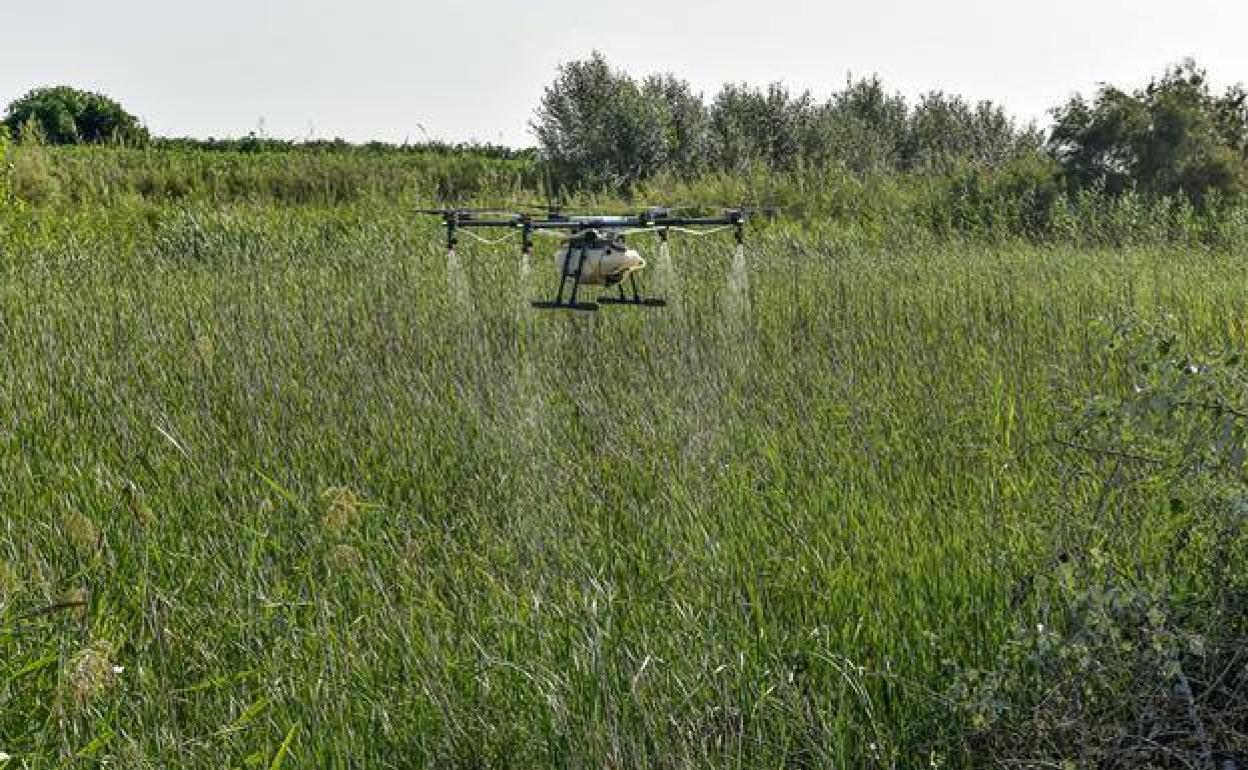These are the areas most at risk of West Nile fever in Andalucía
The disease is emerging in Europe and is transmitted by certain types of mosquitoes
SUR
Friday, 6 May 2022, 13:14
West Nile fever (WNF) is an emerging disease in Europe. It occurs seasonally, from May to November in Spain and is caused by West Nile virus (WNV) types one and two, which are the two variants that have so far shown evidence of affecting humans.
The virus is transmitted through the bite of certain species of mosquitoes. Female mosquitoes are haematophagous (blood-sucking), which makes them the potential cause of transmission of a multitude of diseases to humans. In addition to WNF, they can also spread malaria, dengue, yellow fever, and Rift Valley fever, among others.
The abundance and distribution of mosquito species are a consequence of environmental conditions and are therefore affected by climate change, factors such as temperature and rainfall changing their habits.
The Junta de Andalucía’s Ministry of Health and families has updated its risk map to minimise the impact of WNF infections in humans in the region, following the analysis of surveillance data for the year 2021. To this end, the region has been put into risk areas; WNV surveillance in the environmental, animal (birds and horses), entomological and human epidemiological fields; and WNV control through surveillance and carrier control according to the risk level of each municipality.
As it is an emerging seasonal disease, it has been proposed that the spread of West Nile virus should be evaluated annually and, based on the results, the level of risk at local level should be established. As such at the beginning of each season, each local area will know its category of risk and actions proposed in the programme should be implemented by the relevant authority accordingly.
West Nile virus in Andalucía
In Andalucía there is a wide variety of mosquito species living in both natural and artificial wetlands. They share habitats with birds that may have native viruses or those imported from the countries they visit during their migration.
Even in urban areas there are certain spaces which, due to their environmental characteristics, are favourable for mosquito breeding. In these areas, mosquitoes find a suitable habitat for obtaining vital resources (food and shelter) and can proliferate as pests.
Eighty per cent of WNV infections are asymptomatic, but about 20 per cent may develop a mild flu-like syndrome and about one per cent will develop WNV neuroinvasive disease, the clinical manifestations of which are encephalitis (55-60 per cent of severe cases), meningitis (35-40 per cent) or flaccid paralysis (5-10 per cent). Between 4 and 14 per cent of cases, rising to 29 per cent in those over 70 years of age, can be fatal.
Preventive measures
In Andalucía, in the summer of 2020, 71 human cases of WNV meningoencephalitis were reported to the authorities (56 cases in the province of Seville, 15 in the province of Cadiz, plus one suspected case in the province of Malaga). Of these, eight people died. In Andalucía, the control of mosquitoes was addressed in response to the outbreak.
Preventive measures can be taken in at-risk areas to avoid mosquito bites, including taking extra care at dawn and dusk when mosquitoes are more prevalent by using repellents and light clothing to cover the skin, preventing mosquitoes from entering the home and eliminating the existence of stagnant water in and near residential areas.
